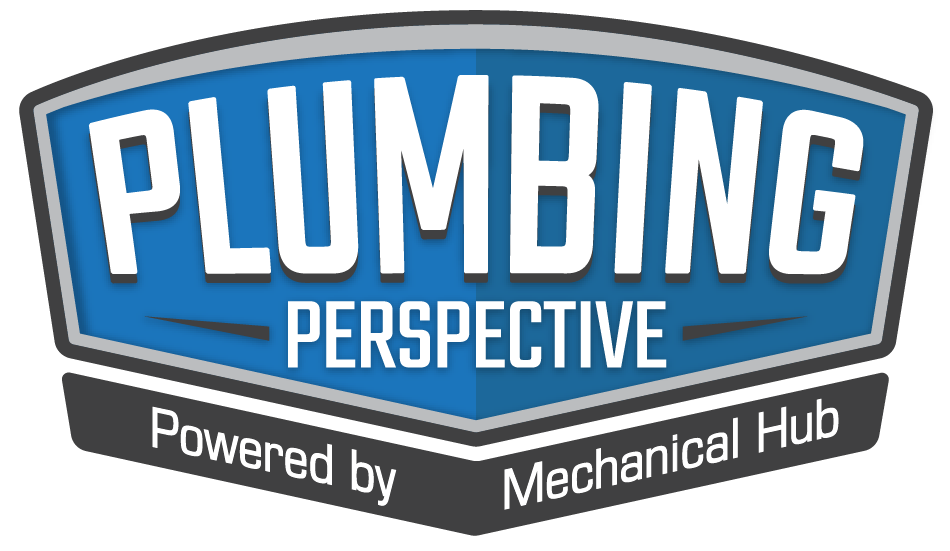Medical offices are complex spaces with unique requirements, and often have older, inefficient design and systems that need upgrading. Retrofits are necessary to ensure patient comfort and care, but as medical offices can’t simply shut down, it can be challenging to complete an update. A recent example of a successful medical office HVAC retrofit is Read more
Panasonic
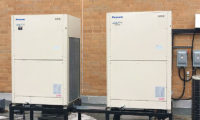
Medical offices are complex spaces with unique requirements, and often have older, inefficient design and systems that need upgrading. Retrofits are necessary to ensure patient comfort and care, but as medical offices can’t simply shut down, it can be challenging to complete an update.
A recent example of a successful medical office HVAC retrofit is a project in Kentville, Nova Scotia. Through a collaborative effort the stakeholders were able to effectively schedule the overhaul of all the interior zones in the medical building to bring it up to current standards and fit the requirements of the office. The owners wanted an energy-efficient heating and cooling system that was easy to use and would allow for independent control in each space as well as savings on future energy bills.
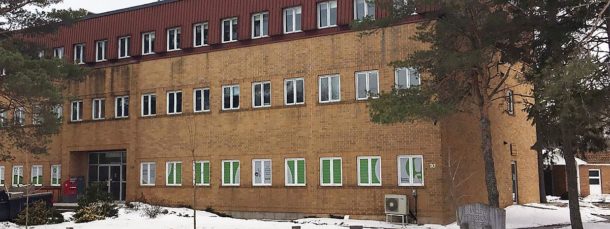
Given that the renovations needed to be done while the offices conducted regular business, the challenge was to work with minimal disruption. Additionally, work had to be completed outside of the medical office’s regular hours of operation, meaning there was a small time frame during which work could be done each day. Panasonic also had to work with limited space for the heating and cooling units and that had to be concealed as much as possible.
PANASONIC SOLUTION
Due to the space and installation restrictions as well as the features the client wanted, a new three-way Panasonic (heat recovery) Variable Refrigerant Flow (VRF) system with a combination of multiport and individual heat recovery boxes was designed. The advantages of this state-of-the-art system include individual and precise control of heating and cooling needs in different areas rather than a single temperature setting for the whole building. This allows everyone to enjoy a comfortable indoor environment, conserving energy and generating cost-savings on energy bills. Plus, installing a VRF system allows owners/operators to optimize the lifecycle cost of the project and realize long-term savings thanks to its energy efficient technology.
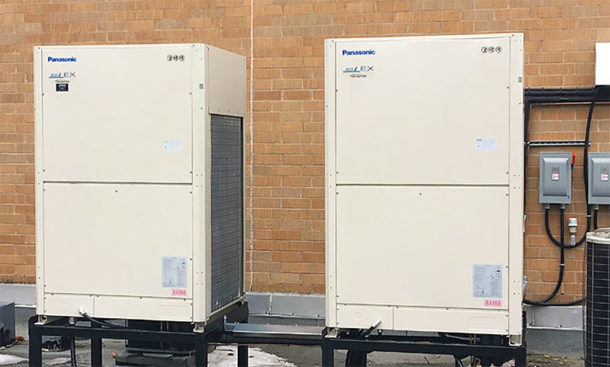
The advantages of the system include easy installation and minimum intrusion to the envelope of the building, as copper pipes that contain refrigerant are being used instead of extensive and costly ductwork. Customers also benefit from pre-installation training and technical support, which is essential for successful operation of the unit.
CUSTOMER EXPERIENCE
The project was a great success, with the units operating smoothly to keep the office temperature comfortable while saving energy. The overall feedback from users has been that they appreciate being able to have independent control of the heating and cooling in their area, and that temperatures are well maintained throughout the building. The system is simple, user-friendly and efficient, and the indoor units blend in nicely with the interior and are aesthetically pleasing.
Chuck Hazel, the senior mechanical contractor from C.Tech Refrigeration, a division of the Baxter Group of Companies was very happy with the outcome.
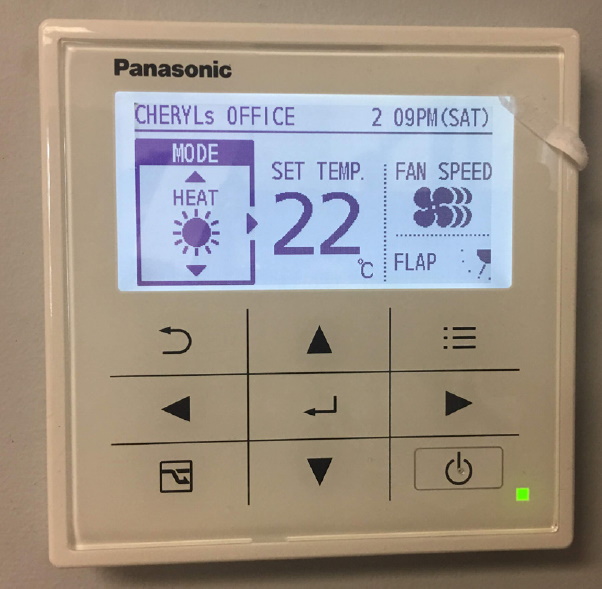
“We got a lot of support from Panasonic – from pre-installation to installation and post-installation. The Panasonic VRF system was easy to install and has been seamless for the client. Panasonic delivered on their promise of a top-quality system and I would recommend and work with them on future projects.”
PROJECT SYNOPSIS
CHALLENGES: Medical offices are complex spaces with unique requirements, and often have older, inefficient design and HVAC systems that need upgrading. Retrofits are necessary to ensure patient comfort and care, but as medical offices can’t simply shut down, it can be challenging to complete an update. The building was looking for a solution to replace their existing HVAC solution that was flexible with their requirements and could be completed with minimal disruption outside of regular business hours.
SOLUTIONS: Due to the space and installation restrictions as well as the features the client wanted, a new three-way Panasonic heat recovery Variable Refrigerant Flow (VRF) system with a combination of multiport and individual heat recovery boxes was designed.
RESULTS: The project was a great success, with the units operating smoothly to keep the office temperature comfortable while saving energy. The overall feedback from users has been that they appreciate being able to have independent control of the heating and cooling in their area, and that temperatures are well maintained throughout the building.
To learn more visit www.panasonic.com/ca/vrf
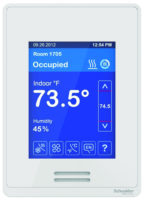
Connected technology is permeating every aspect of our lives from the homes we live in, to the cars we drive and now, even the cities where we work. As smart cities gain popularity, smart buildings can act as the building blocks of a city’s infrastructure, but facility managers and building owners must get onboard with Read more
Connected technology is permeating every aspect of our lives from the homes we live in, to the cars we drive and now, even the cities where we work. As smart cities gain popularity, smart buildings can act as the building blocks of a city’s infrastructure, but facility managers and building owners must get onboard with – and trained on – smart technology first.
In commercial buildings, one way connected environments can be created is through heating and air conditioning systems that respond to both occupancy and room conditions. This level of automation not only makes it easier for facility managers to operate buildings and keep spaces comfortable, but it also helps save on energy costs and reduces environmental impact, without compromising comfort or safety.
Creating a Customizable, Independently Operated Environment
As many commercial buildings have a multitude of different spaces to tend to, using smart, connected technology to cater to the heating and cooling needs of each space is key to ensuring a simplified building management process as well as occupant comfort.
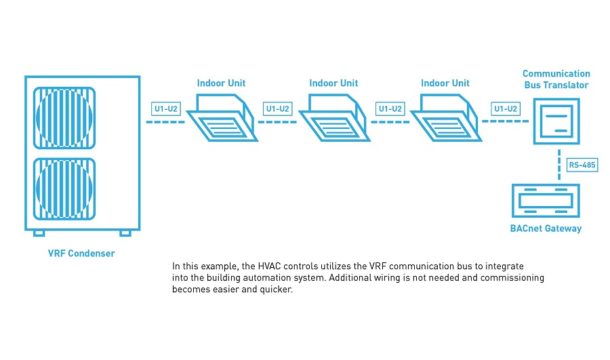
Variable Refrigerant Flow (VRF) technology paired with smart connectivity controls dynamically offers not only temperature controllability but also cost savings, allowing facilities to manage equipment, lighting, security and electricity remotely from a single interface. With the ability to connect the system to optional door, ceiling, window and carbon dioxide sensors, a building can truly become “smart,” so that the heating and cooling technology automatically adjusts based on in-room conditions.
In a hospitality setting such as a hotel, this can be paramount to securing return visitors. By deploying in-room controls with customizable interfaces within each individual room, the hotel can begin to position itself as at the forefront of a smart hotel experience. With controls capable of custom welcome messages to guests and providing real-time updates on in-room conditions, guests will feel like they’re in a modern, personalized environment.
Similarly, an office environment can benefit from connected HVAC technology. If you’ve ever worked in an office that blasts air conditioning or neglects to use it, you know that temperature can directly impact employee productivity. With connected HVAC technology, workers can feel comfortable, reducing opportunities for distraction and keeping them focused on the task at hand.
Using HVAC Technology to Reduce Environmental Impact
According to the General Services Administration, VRF technology can save users up to 30% on HVAC energy costs, ultimately as a result of their smaller design, which uses less material than older, traditional HVAC equipment. Because these systems also use advanced technology to control temperature, they are more accurate and have a decreased margin of error, extending the lifecycle of the system and reducing the likelihood of maintenance or repair.
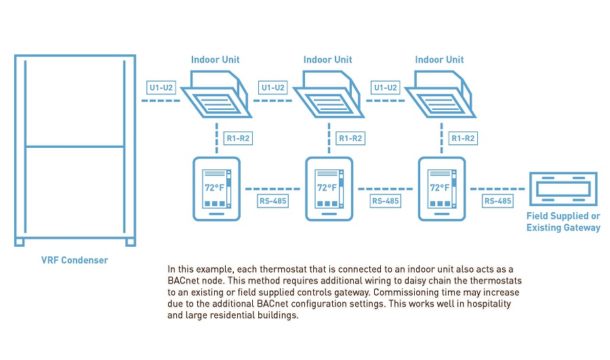
With cities consuming nearly 80% of energy production worldwide and an equal share of global greenhouse gas emissions, it is time for change – for the planet and for the bottom line. Smart cities, with tech-savvy smart buildings communicating through the Internet of Things and running on energy efficient technologies, can make a significant impact on global emissions and the lifespan and health of our planet. For business owners, technologies like VRF, among others, can reduce energy waste and in turn, energy costs, while improving tenant productivity and overall indoor comfort.
Propelling the HVAC Industry Forward
The answer is clear: It’s time for building owners, facility maintenance professionals and installation professionals to work together to maximize the value of smart buildings and cutting-edge heating and cooling technologies. As smart technology continues to change the way we live and work, the HVAC industry is in a perfect position to grow, and smart buildings equipped with connected HVAC technology are just another step towards a world full of more productive – and comfortable – cities and citizens.
 Malcolm Persaud is the National Sales and Product Manager – Commercial VRF for Panasonic’s Heating and Air Conditioning Group. Malcolm Persaud has a wealth of technical and sales leadership experience through the years with Sanyo and Panasonic. He was instrumental in Sanyo’s VRF successful sales launch and growth in the US market starting in 2005.
Malcolm Persaud is the National Sales and Product Manager – Commercial VRF for Panasonic’s Heating and Air Conditioning Group. Malcolm Persaud has a wealth of technical and sales leadership experience through the years with Sanyo and Panasonic. He was instrumental in Sanyo’s VRF successful sales launch and growth in the US market starting in 2005.
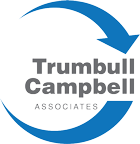
Panasonic, an industry-leading manufacturer of air conditioning, heating and indoor air quality systems, announces a new collaboration with Trumbull Campbell Associates, Inc., an independent manufacturers’ rep firm selling applied commercial heating, ventilation and air conditioning equipment and parts, to distribute Panasonic VRF equipment to its commercial customers in Eastern Massachusetts, Maine, New Hampshire and Rhode Island. As one Read more
Panasonic, an industry-leading manufacturer of air conditioning, heating and indoor air quality systems, announces a new collaboration with Trumbull Campbell Associates, Inc., an independent manufacturers’ rep firm selling applied commercial heating, ventilation and air conditioning equipment and parts, to distribute Panasonic VRF equipment to its commercial customers in Eastern Massachusetts, Maine, New Hampshire and Rhode Island.
 As one of New England’s most respected manufacturers’ rep firms, Trumbull Campbell provides sales, application and service support to customers across a variety of industries, including healthcare, biotech, hospitality, elderly care and higher education. Founded in 2006, Trumbull Campbell has delivered cost-effective end-to-end solutions to its customers, offering assistance with installation, design, and reliable products that address the complexity of maintaining an HVAC system.
As one of New England’s most respected manufacturers’ rep firms, Trumbull Campbell provides sales, application and service support to customers across a variety of industries, including healthcare, biotech, hospitality, elderly care and higher education. Founded in 2006, Trumbull Campbell has delivered cost-effective end-to-end solutions to its customers, offering assistance with installation, design, and reliable products that address the complexity of maintaining an HVAC system.
“We are grateful for the opportunity to represent a company not only of innovation and quality, but one of integrity,” said Tom Trumbull, Co-Founder, Trumbull Campbell Associates, Inc. “The level of support we’ve received from Panasonic is a true differentiator from other manufacturers. Our foothold in the territory paired with Panasonic’s brand and reputation offer a winning combination.”
“Trumbull Campbell is able to provide exceptional support for their customers in New England seeking applied equipment solutions,” said Nathan Oliver, Eastern U.S. Sales and Business Development Manager, Panasonic Appliances Air-Conditioning North America. “We are pleased to align with a company that can provide our customers with a personalized experience, satisfying their VRF application needs from design and selection to commissioning and service.”
For more information about Panasonic heating and air conditioning, please visit na.panasonic.com/us/home-and-building-solutions/heating-air-conditioning/.
